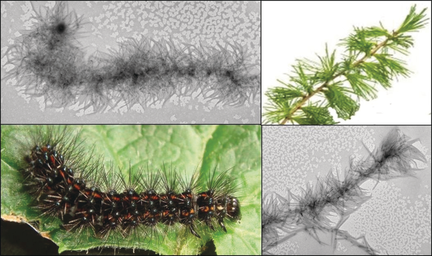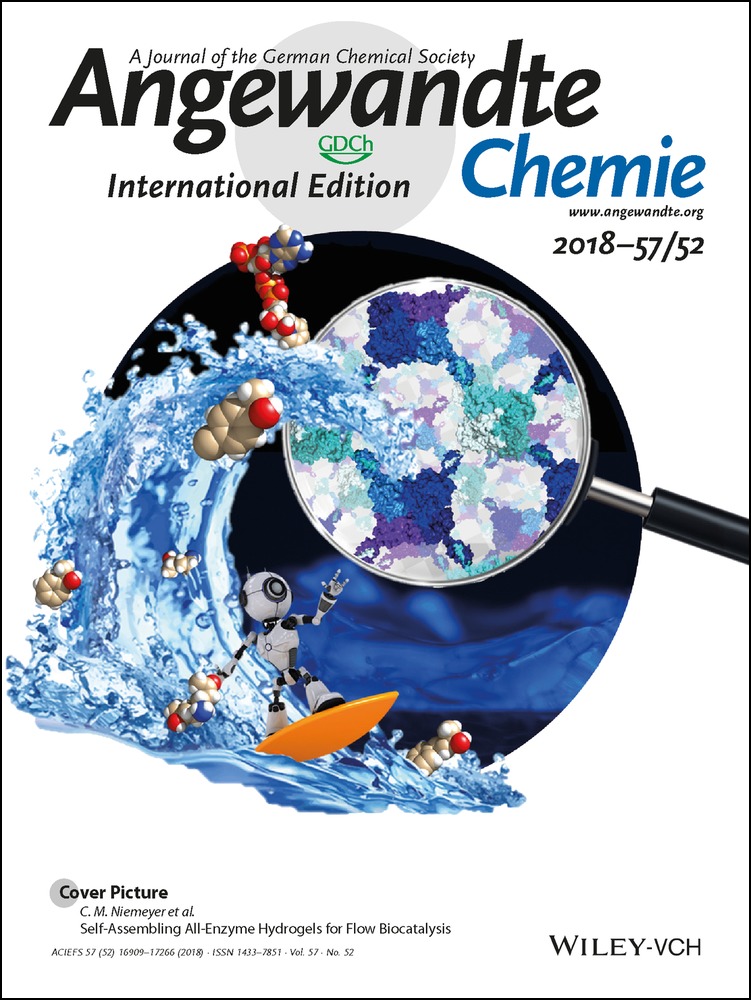Creating Biomorphic Barbed and Branched Mesostructures in Solution through Block Copolymer Crystallization
Graphical Abstract
PFS-b-PI (poly(ferrocenyldimethylsilane)-block-polyisoprene) diblock copolymers self-assemble into biomorphic structures with shapes that depend on the assembly conditions. Long fiber-like micelles of uniform width are formed with a crystalline PFS core in decane. Injection of a THF polymer solution into THF/decane leads to micrometer-scale barbed and branched structures with shapes that depend upon the final THF content.
Abstract
Branched and barbed structures are common in nature but rare in nanoscale or mesoscale objects formed by bottom-up self-assembly. Key characteristics of the morphology of natural objects, such as various types of insects and conifer branches, is that despite their similarities no two individual objects are exactly the same. Here we report the self-assembly conditions for a series of poly(ferrocenyldimethylsilane)-block-polyisoprene (PFS-b-PI) diblock copolymers that generate structures with biomorphic shapes. All of these polymers yield long uniform fiber-like micelles with a crystalline PFS core in decane. Injection of a concentrated THF solution of these polymers into THF/decane mixtures, however, leads to barbed and branched mesostructures, with shapes that depend upon the final THF content of the mixed solvent. Interestingly, evaporation of the THF from suspensions of the colloidal biomorphic structures led to elongated fiber-like structures.





